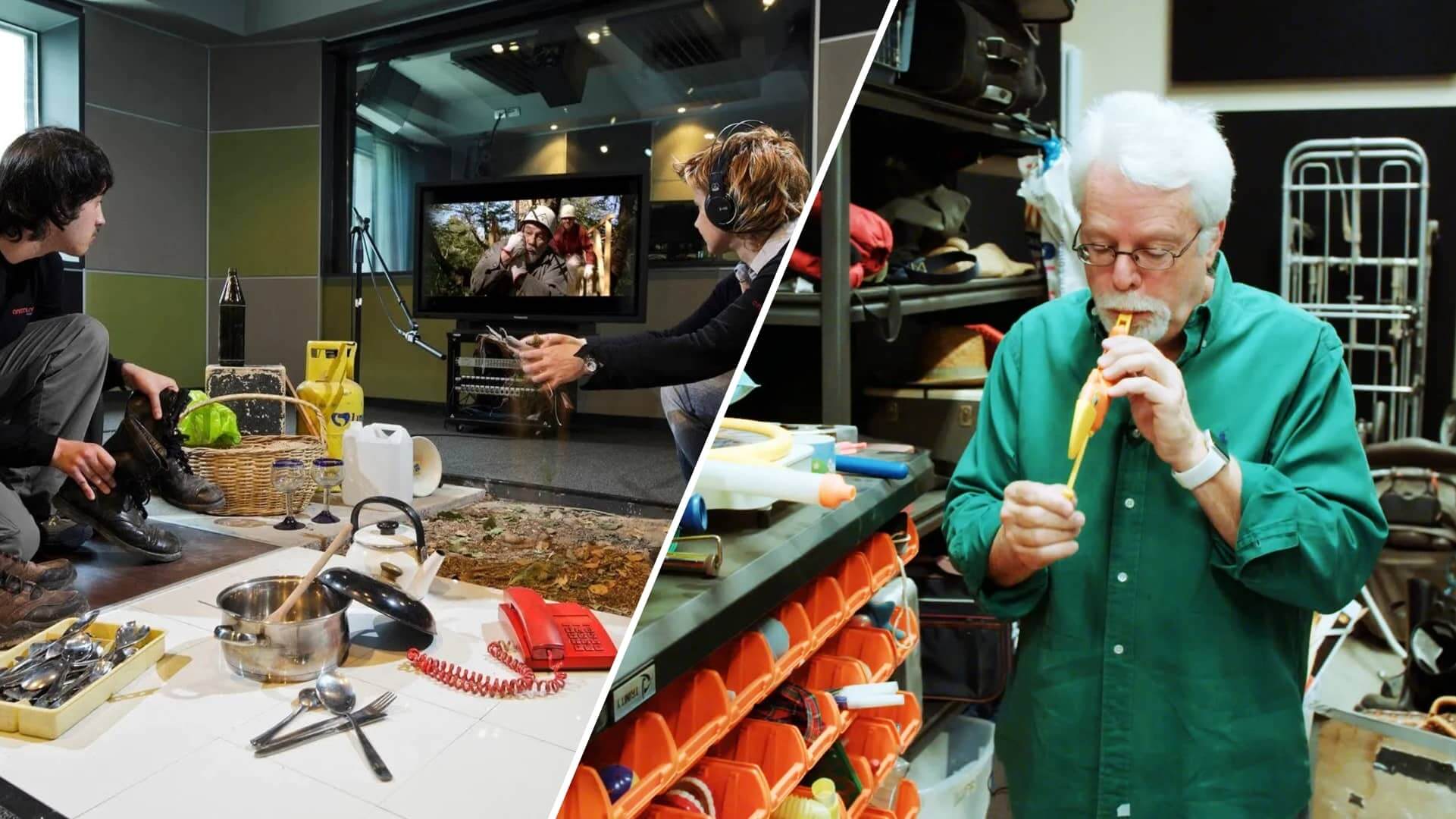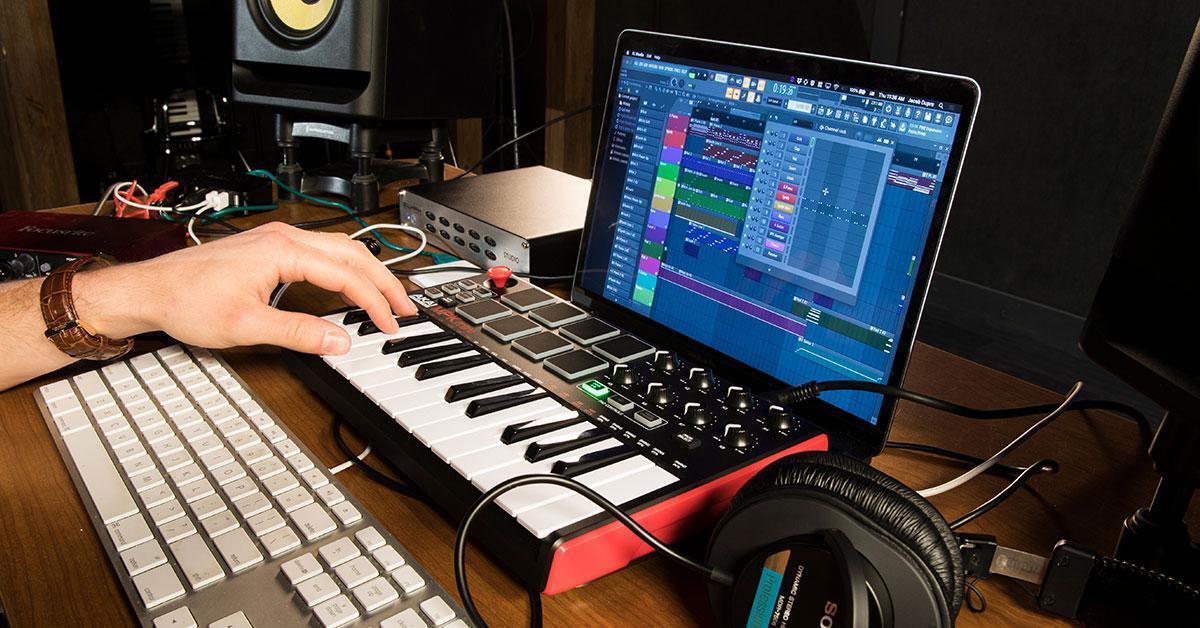Of course start with Koa, then go through the seven Grandmasters, along with their particular styles.
The creative strategy for
Punch-Fu!!
Prepared September 11rd, 2023
Contents
overview
You’ve got amazing art, strong character design, and a compelling story. The largest gap at present is the gameplay, though you may not need to re-invent the wheel there. There’s the heart of a unique charge system, but it should come from and be driven by Koa himself: his philosophy of fighting, overconfidence, anger, taunting, weaving, and an overwhelming right-handed punch.
Kickstarter.
We believe that a Kickstarter is both the best way to get the bulk of your funding, outside of a publisher. To obtain either, you’ll need a demo.
At this stage you want to as much as possible, ‘sell’ that is showcase, a ‘complete’ product. It should look as ‘done’ as possible, even though the full development has yet to begin. That means gameplay and a trailer, as well as story and characters.
- $160,000?
- Artwork for the rewards.
- SNES cartridge
- NES cartridge
- Cover art for the soundtrack
- Artwork for art book (start assembling)
- Hire developer
- Hire animator
- Hire musician/producer
- Artwork for the rewards.
- Kickstarter marketing strategy
- Socials for the game: marketing strategy
- Game dev-log (GUMBO YT)
- Nail-down story and characters
- Gameplay trailer
Meeting Feedback.
How can Punch-Fu!! express the theme of living a balanced life?
- Maybe the lure of powering up your punches makes the game/enemies harder. Or like a Metal Gear game where you are confronted with the consequences of your actions later in the game (everyone you kill comes back around later either in person or ghost). I also think that the goal of achieving the ultimate punch could lead to realizing that punching isnt the solution. The way you “win” or restore your family isn’t by punching. Maybe you have to go back in time and punch your past self to “see the truth,” or you have to make a decision between redemption and power, Maybe the more you power up your punch the more vulnerable you become or something to balance out the power?
- Punch Fu, from what I know, has an interesting story that has the ability to teach many life lessons, beyond that I’m not really sure, someone more creative than me would be better for that. Playing the game and feeling MOTIVATED to do something afterwards would be a fantastic accomplishment for the story designers.
- I think some early game mechanics ideas that come to mind is a stamina bar that gets depleted if you punch *too* much and having some sort of “meditation” to replenish it.
How can we best capitalize on every phase of development? (i.e. development logs, musical cross-promotion, etc.)
- I think developing a following/audience as early on as possible. YouTube DevLogs, Sharing key art online, Streaming development sessions, Discord community. Monetize and build the process of building so you have a fanbase ready to buy and engage by the time the game is ready.
- I’ve seen additional things like development logs work really well for certain games, but you need to build a following and production quality has to be high. It may be challenging, but I think this will really be a case of “try things out and see what works” if devlogs aren’t worth the time then there is no point in spending the time and money to produce them.
- Quality control checks
Anything else you want to add?
GAME MECHANICS
- Enemy health – health bar? Change visuals (more beat up, facial expression, color, etc)?
- Punch development – Is the punch evolution linear? Is it more like a skill tree? As you become more powerful do enemies become more powerful? Do you get some kind of handicap to offset your increasing power (theme of balance)?
- Koa health – as you take more damage does your character model reflect that, the health bar avatar? The character idle animation could change as health decreases.


Punch-Fu!! is an all-out, full-throttle, white-knuckle, pedal-to-the-metal brawler video game with an art style all its own.
platforms
- PC/Mac/Linux
- PS4 (Download)
- Xbox One (Download)
- Nintendo Switch (Download)
$19.86
What sets this project apart?
- Art and animation style;
- The ability to charge a punch for the entirety of a level and KO a boss in one hit;
- ‘Variable’ frame rates: Character is at 12/24, while boss and/or other elements are at 60; this could also serve as a surprise reveal at a certain point in the game or even play into the story or strength/abilities of a certain character/boss.
What you
need to know:
The "Why"
You know the whys of your project, but we want to restate them here, so you know that we know the heart of your project: Punch-Fu!! We want this game to be a statement piece. It should make it clear that GUMBO is a force to be contended with in this space, if not all media. We want to Punch the whole gaming industry in the face, with the indie game of the year.
We want the experience of the game to cause people to want to live balanced lives. We want people to finish the game, pick up the phone, and call their mom.
If you feel we’ve missed the mark here, please let us know A.S.A.P.
This is important and we want to get it right!
Goals
We’ve identified 4 specific goals for Punch-Fu!! at this time. Keep these in mind as you develop, return to them when you need to be reoriented.
Look at other successful games/campaigns. Find out where your audience is and have something to show/share. Use social media but don’t neglect traditional and brick & mortar.
Start by listing out the people or roles that could possibly fit in with the project. Add this to the game design document.
See if you can restart the kickstarter, or copy the to a new. As you add content (art, demo, et al) add them to the Kickstarter. Discover where private funding can be accessed, and which publishers might align with this game.
Just get it out there. Just start. Refine the process as you go. Find ways to capture everything, at the end of the week spend the normal Punch-Fu!! time collecting it for sharing.
Create checkpoints with deadlines: Story, character designs, environments, animations, MVP/vertical slice, trailer, demo, release, updates.
The Strategy:
Production Schedule
Countdown to Launch!!
Environments are meant to look photo-real, but without the heavy computing power necessary: almost like Google street view captured. Are there Unreal assets like this?
At least the idle animation will be full color. The full list of required animations is in the GDD.

Take what you learned from doing the Koa animations and apply them here. Learn from the references as well: River City Girls 2, 3rd Strike, et al.

Take what you learned from doing the Koa animations and apply them here. Learn from the references as well: River City Girls 2, 3rd Strike, et al.

Sound effects, foley, voiceover, et al.

Composition, recording, production, mixing, mastering, et al.

Start creating a list: Graham fasho, Melville, Liam, etc.

Hallelujah!

Sound effects, foley, voiceover, et al.
Launching on Steam, Nintendo Switch, PSN. and XBA.
Production Calendar
Dev Log
This is to directly contribute to the 1st goal. We need to cultivate an audience, and we need to develop the game. The purpose of the development logs is to use the process to grow the audience. It has to be made a habit to capture everything you do. Some will be automatic like ProCreate’s timelapse feature, while things like writing will need to be captured in a different way. Here’s what we recommend:
- ProCreate will help capture the character design process.
- Screen recording of Pinterest board influences.
- Major features added to the game.
- Make sure you and your personality are showcased: thumbnails and vid (Ref. Pontypants).
- Some can be combined or presented as tutorials.
- Video whenever possible.
- Create Canva templates.
- Learn about Discord, and the culture with regard to gaming.
- Make learning about discord part of the devlogs as well.
Kickstarter
Keep the main content from the previous Kickstarter, but include/update the following:
- Gameplay trailer before video pitch.
- Demo.
- Updated story.
- Character designs.
- Animations.
- Environments.
Consider new and different rewards. Reference other successful Kickstarters and what they did. (This would be something our expert(s) would provide direction on).
Get feedback from Mosaic on all the Kickstarter copy.
Look at other successful games/campaigns. Find out where your audience is and have something to show/share. Use social media but don’t neglect traditional and brick & mortar.
Start by listing out the people or roles that could possibly fit in with the project. Add this to the game design document.
See if you can restart the kickstarter, or copy the to a new. As you add content (art, demo, et al) add them to the Kickstarter. Discover where private funding can be accessed, and which publishers might align with this game.
Just get it out there. Just start. Refine the process as you go. Find ways to capture everything, at the end of the week spend the normal Punch-Fu!! time collecting it for sharing.
Create checkpoints with deadlines: Story, character designs, environments, animations, MVP/vertical slice, trailer, demo, release, updates.